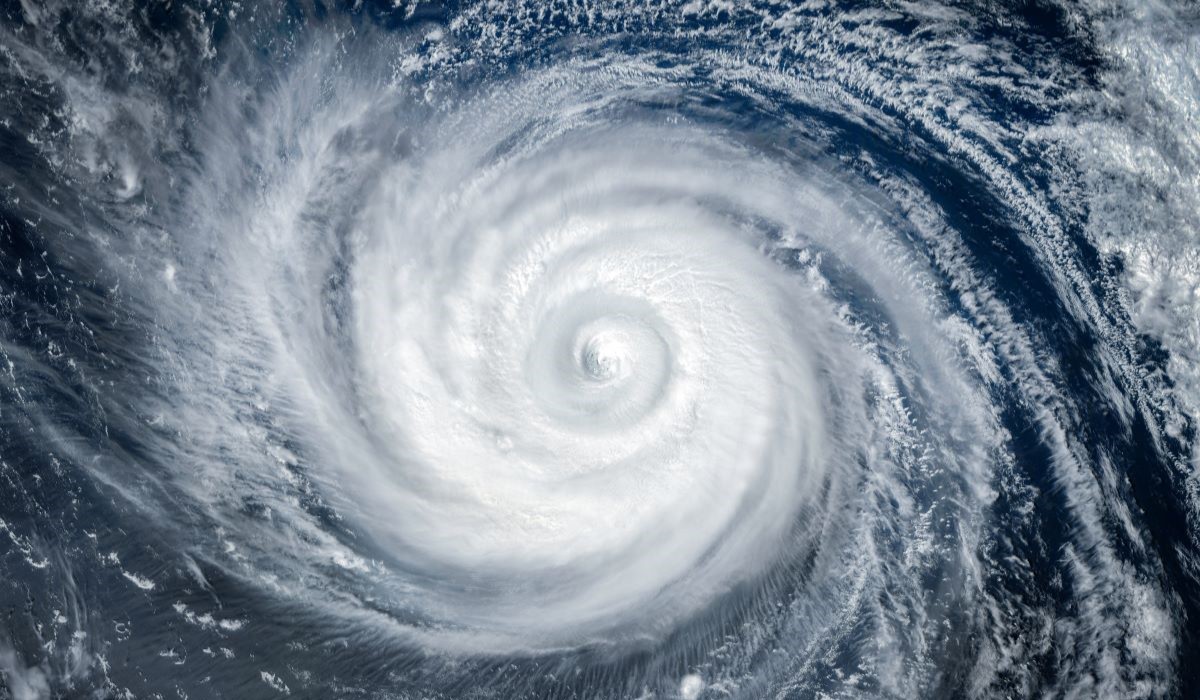On Thursday, the devastation of Hurricane Helene reached a grim milestone as the death toll has reached 200, according to reporting by the The Associated Press. In the western regions of North Carolina, “the storm washed out roads and knocked out electricity, water and cellular service,” the AP reported.
But the devastation felt in North Carolina may have been exacerbated by a series of decisions made over the past 15 years by state officials and lawmakers, and advocated for by its homebuilding industry, according to reporting by The New York Times.
“Over the past 15 years, North Carolina lawmakers have rejected limits on construction on steep slopes, which might have reduced the number of homes lost to landslides; blocked a rule requiring homes to be elevated above the height of an expected flood; weakened protections for wetlands, increasing the risk of dangerous storm water runoff; and slowed the adoption of updated building codes, making it harder for the state to qualify for federal climate-resilience grants,” according to the reporting.
Building codes
The decisions reflect the influence of the state’s homebuilding industry, the report said, “which has consistently fought rules forcing its members to construct homes to higher, more expensive standards.” This is according to Kim Wooten of the North Carolina Building Code Council, which sets the state’s building standards.
“The home builders association has fought every bill that has come before the General Assembly to try to improve life safety,” she said. And some state lawmakers — whom the Times said are either part of the homebuilding industry or have received campaign contributions from it — have voted in favor of “bills that line their pocketbooks and make home building cheaper,” Wooten added.
One official who spoke to the outlet — Chris Millis, the director of regulatory affairs for the North Carolina Home Builders Association — said that builders have placed a lot of focus on reducing the cost of construction, but he was adamant that the industry does “not pit affordability against regulations necessary for the protection of public safety.”
Lawmakers hailing from the mountains of western North Carolina attempted to pass statewide rules to place limits on home construction on slopes with higher risks of landslides in 2009 and 2010. But these pushes failed to gain enough support.
Democrat Pricey Harrison, a member of the legislature since 2004 and a supporter of the limits, attributed the failure to pushback from both the homebuilding and real estate industries, the Times reported.
Millis pushed back, saying that localities already have rules in place regarding hillside construction. But Harrison told the Times that a single, statewide standard would be more effective.
Robert Young, a professor at Western Carolina University, told the outlet that mountain retreats on such slopes are a potential source of tourism revenue.
“Everybody wants a view in their vacation home,” he told the Times in an interview. “It’s really hard to shut off that kind of economic activity in a small local community.”
Environmental restrictions
In 2010, both houses of the North Carolina Legislature came under Republican control, which accelerated efforts to loosen building restrictions. The following year, “lawmakers proposed a law that limited the ability of local officials to account for sea-level rise in their planning,” which garnered national attention due to public pushback from talk show host Stephen Colbert.
In 2013, the state overhauled its building codes, which may have been consequential for the impact it would have following Helene’s arrival. The nonprofit International Code Council, in conjunction with a group of subject matter experts, issues model building codes every three years that are adopted by most states, but North Carolina elected to break with it and update its own codes every six years instead.
“In 2015, the International Code Council added a requirement that new homes in flood zones be built at least one foot above the projected height of a major flood,” according to the Times. North Carolina didn’t adopt the new codes until 2019, and even then, the state decided to make the elevation standard optional for local jurisdictions.
Helene fallout
This could have exposed more properties to flooding in the face of an extreme weather event like Helene, the Times said. But another Republican state lawmaker interviewed by the outlet contended instead that the legislature was correct to leave such decisions to local officials as opposed to the state.
“There are places that are designated floodplains that never flood,” Rep. Mark Brody told the Times. “And the locals would know this better than having a blanket state rule.”
Other initiatives — including a 2014 provision to weaken wetlands protection and a 2017 law to allow builders to pave more green spaces — also passed.
A 2023 measure to ease the state’s building codes caused an open conflict between the legislature and the office of Gov. Roy Cooper, who vetoed the bill. Cooper said it “stops important work to make home construction safer from disaster and more energy efficient, and ultimately will cost homeowners and renters more money.”
Republican control over the legislative branch allowed lawmakers to override the veto, which led to challenges for the state in qualifying for Federal Emergency Management Agency (FEMA) funds to prepare for natural disaster. Cooper broadcast this via an official announcement from his office.

